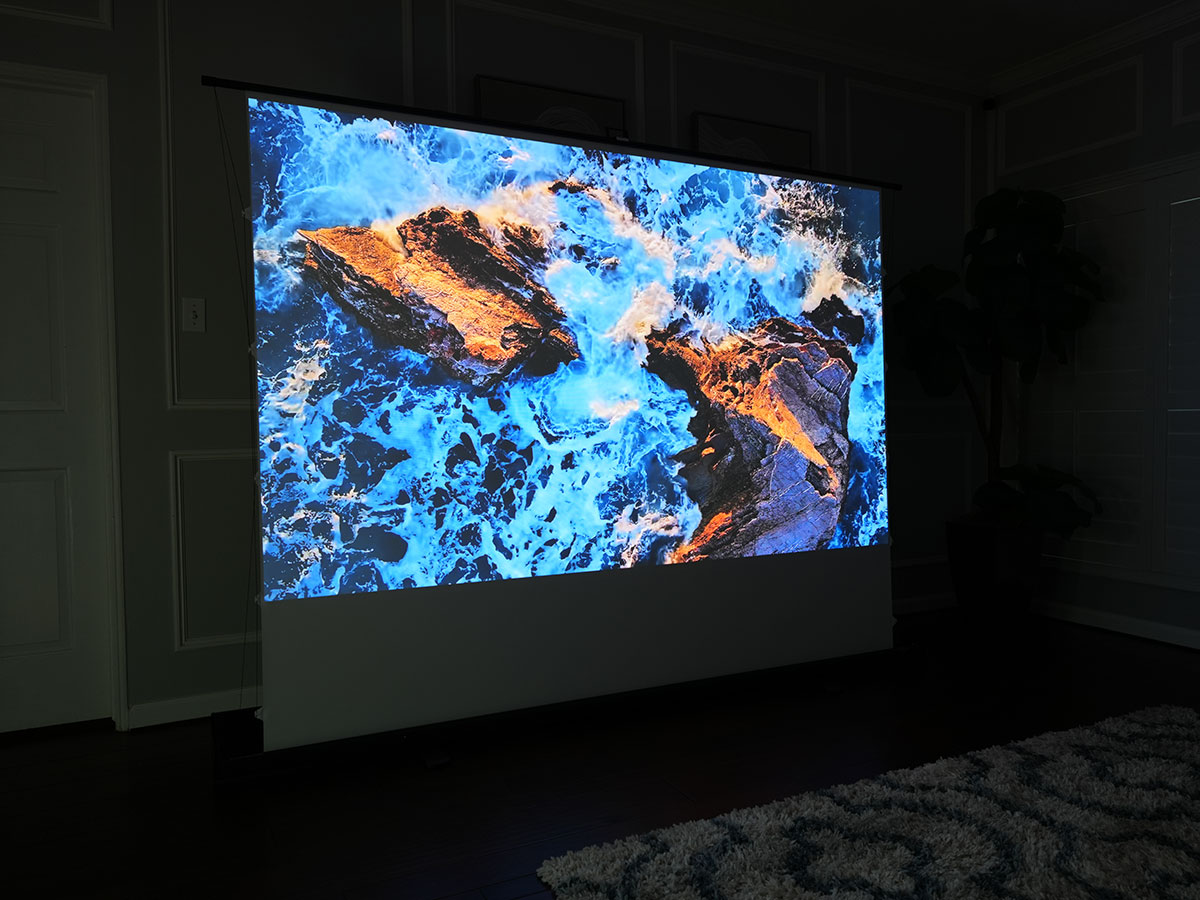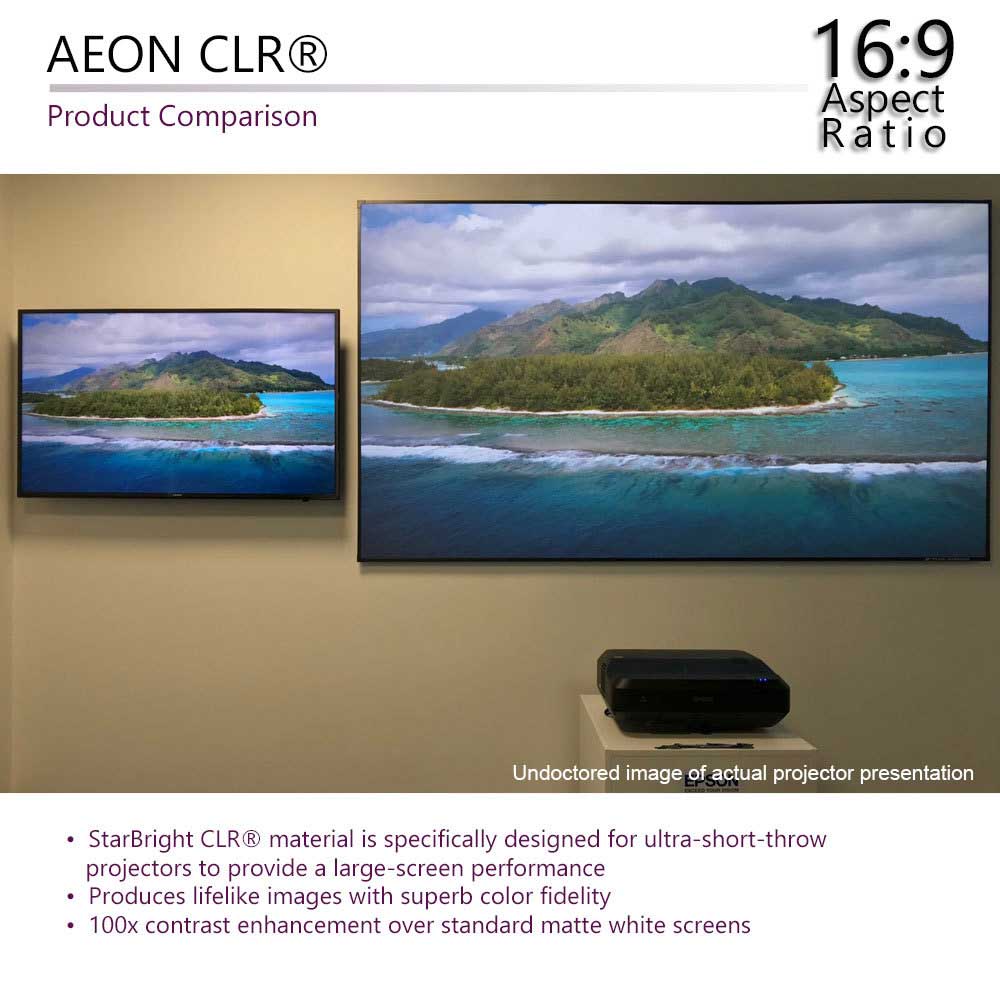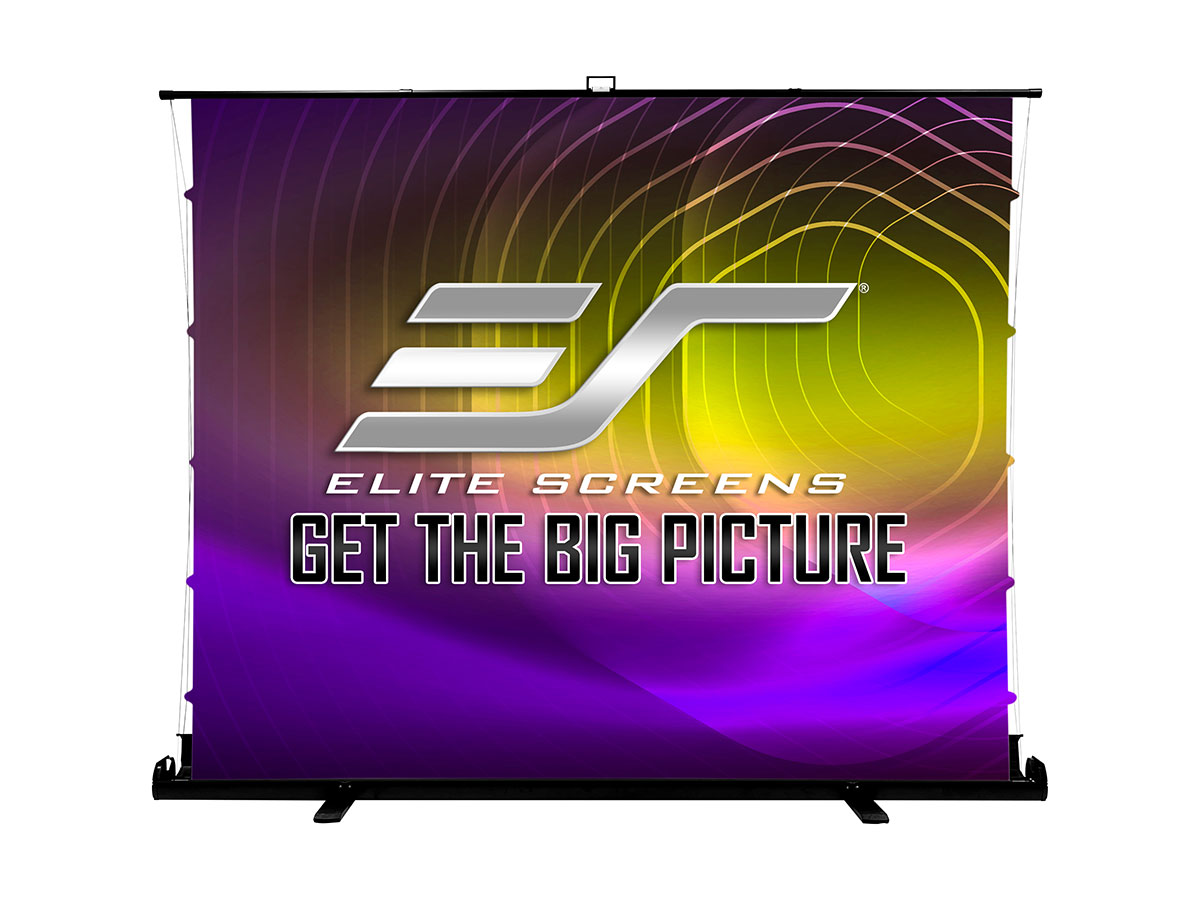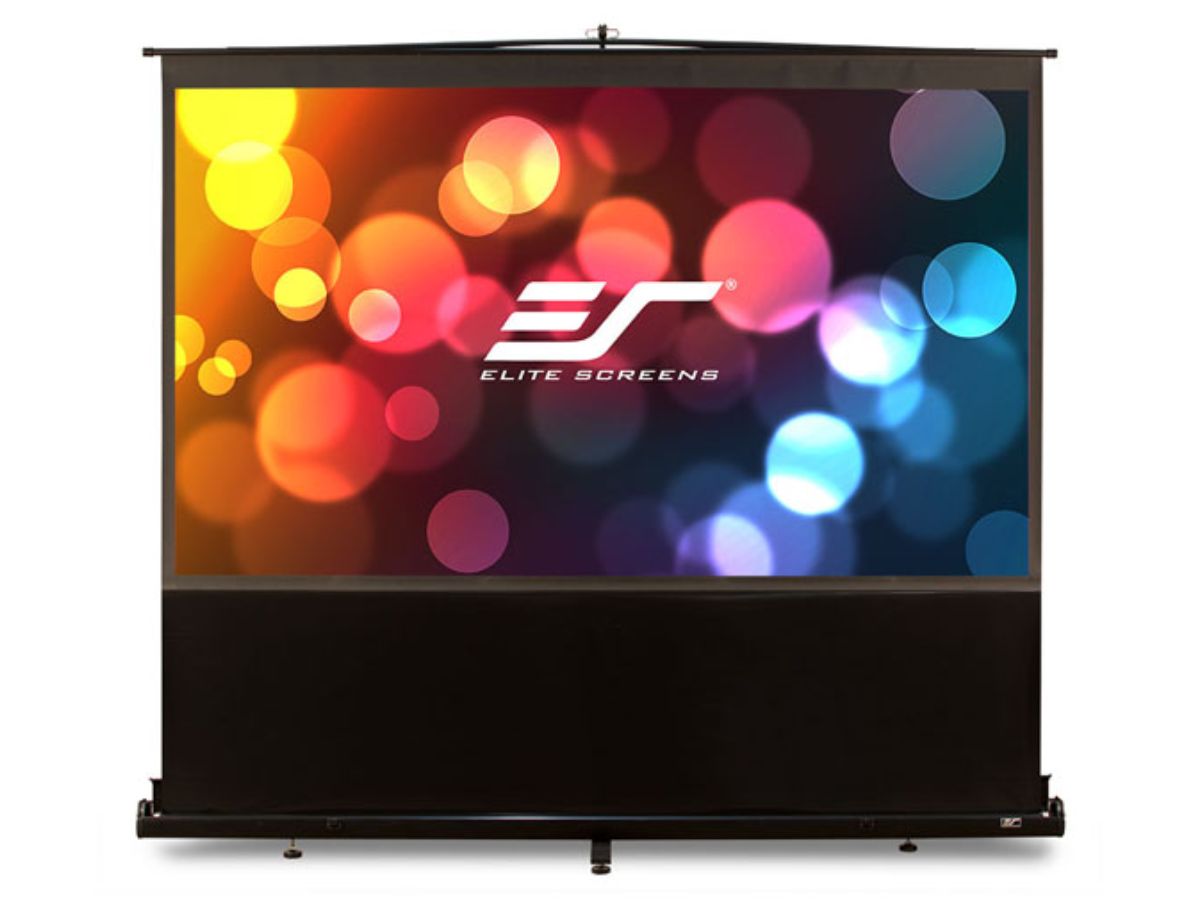Tech Tip: How to Clean Your Projection Screen
By Dave Rodgers (Marketing Manager of Elite Screens Inc.)
In some high-end installations, there may be better-than-average protection for audio-visual gear against mishaps. However, in most cases, there is an apparent risk that should always be considered and a “what-to-do” plan for when it does. When it comes to messes, a large projection screen surface is a hard target to miss. Fortunately, there is a process to clean most projector screen materials. Step 1 is to check your user guide, call the manufacturer or visit the manufacturer’s website to get their recommendation on cleaning your screen.
Some cleaning solvents may actually destroy your screen material or leave it permanently stained so it’s very important to know your “cans and cant’s” before starting. Here are the basic “dirty screen” complaints and what should be done about it.

Screen appears stained, streaked, or otherwise soiled
– Check with the screen manufacturer on the proper cleaning process. It typically involves the use of a microfiber cloth and maybe a mild soap and water solution.
For Matte White, Matte Grey, Rear-Projection or Acoustically Transparent Materials
- A dry (preferably white) “lint-free” microfiber cloth is the first choice in trying to clean a film screen. It is ideal for textured matte white materials as well as specialty materials.
- Normally, you may use a damp microfiber cloth with warm soapy water to clean the material. Don’t be too firm when applying the cloth but it will clean out. Follow this up with a second microfiber cloth that is dry to remove all the moisture from the screen.
- Always wipe in a left-to-right motion. Never make circular-wipes. “Wax-on, wax-off” circular strokes are a really bad ideal.
- Use the moistened cloth first and follow up with a dry cloth.
- Spot cleaning tough stains can often be done using a Q-tip with alcohol making gentle strokes.
For Ambient Light/Ceiling Light Rejecting (ALR-CLR®) Materials
- Gently blot with a damp (with distilled water) microfiber cloth. Do not rub.
- Wiping can be done gently in an up-down motion. Never wipe in a circular motion.
- Heavily soiled or “sticky” parts can be removed using a solution of equal parts Formula 409 and water.
- Never spray Formula 409 directly onto the screen material.
- Never use other solvents on the material.
- For any material, if this is a “roll-up” screen, never roll it up wet.
Screen is wrinkled
– This is more typical with portable screens and usually results from improper storage. A combination of gravity and heat can usually fix it.
- If it is a retractable or “roll-up” material, put it in the open position for the natural effects of gravity
- If it is either a wall of portable “free-standing” frame screen, make sure that it is fully assembled so that the natural stretch of the canvas on the frame will aid in flattening out the material.
- Heat should be applied sparingly. If it’s too hot for your skin to comfortably bear it, then it’s certainly too hot for the material.
- Do not use a steamer. They are usually too hot and often will irreparably damage the screen material.
- Use a hair dryer on a medium setting instead. Make light passes, going side-to-side about 10 to 15 seconds just enough to warm up the material and you may repeat this about 3 times or so. There is no exact number here. It’s something you need to feel through.
- There are some specialty materials that are very delicate. These include many of the ALR (ambient light rejecting) and CLR® (ceiling light rejecting) materials that utilize a network of reflective microstructures. If these become wrinkled, they may very well likely be ruined. If this is the case, consult your manufacturer’s warranty policy and service team for options.
Screen is scratched, cut, or punctured
– This is essentially a “mortal wound” to the product. Consult your warranty policy for options
It may be possible for someone with the requisite skills to patch the material but it will never look perfect and such alterations likely void any further warranty coverage so this advice is to be used as a last resort.
-DR




